As an Amazon Associate I earn from qualifying purchases.
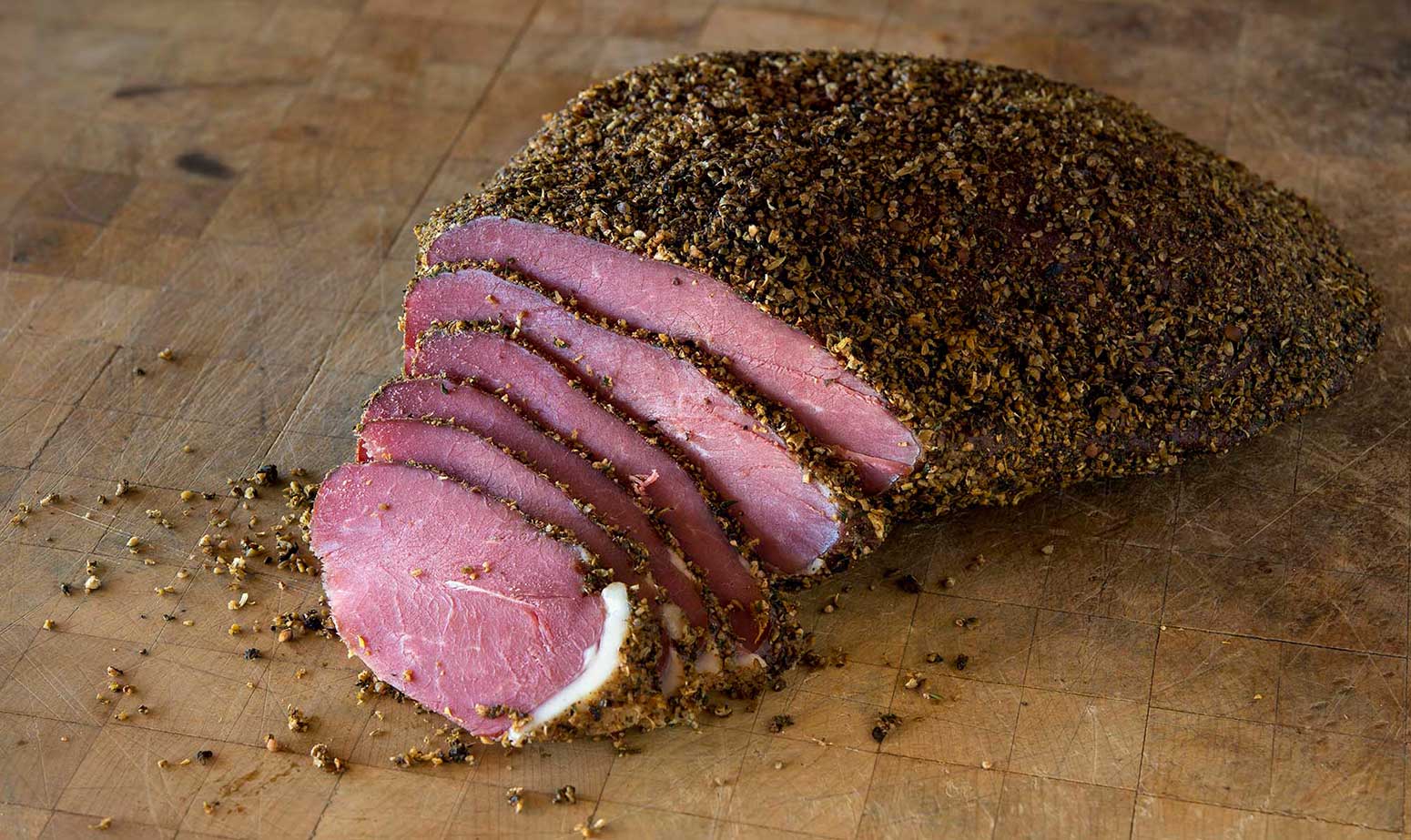
Venison pastrami is one of the great things to do with hind leg roasts.
If you’re not familiar with pastrami, or just know it as some random lunch meat, it’s cured, smoked, spiced meat, usually beef, that is often steamed before slicing. We owe our love of pastrami to Eastern European Jews — pastrami sandwiches are always best eaten from Jewish delis — and variants of this meat exists all over that part of the world.
Here in California’s Central Valley, where I live, our local Armenian population enjoys basturma, it’s own version of pastrami. I’ve long made goose pastrami, which was a favorite of Romanian Jewish people back in the 1800s. I like it with Canada goose breasts.
I highly recommend that you use a single-muscle roast, ideally from the hind leg, or even backstrap for this recipe, as this is a lean, smoked meat that you’ll end up slicing thin and serving in a sandwich.
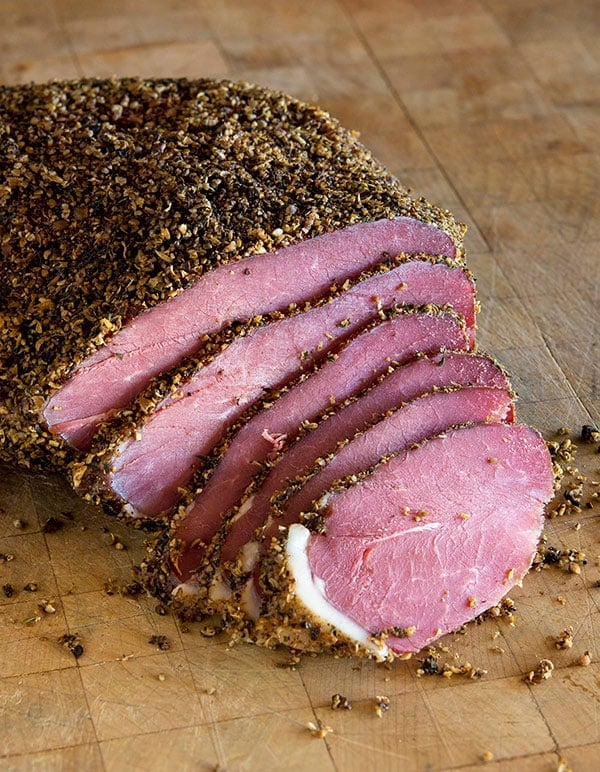
If you use larger cuts, you will have silverskin or connective tissue in your roast that will not soften when you eat it. But that’s where the steaming comes in. I rarely do this, but here’s how to steam pastrami if you need to:
- Preheat your oven to 275°F.
- Set a big roasting pan in the oven and pour boiling water in it so the water is about 1 inch deep.
- Put a rack in the pan to keep the pastrami elevated over the water level.
- Ideally you cover this whole shebang with foil to keep the steam in, but you can also just keep the oven closed. It’ll work.
- Insert a thermometer into the thickest part of your pastrami and pull it when it reaches 165°F. Let the meat rest 30 minutes, still covered, before slicing.
Salt content varies. I like my pastrami on the salty side, because it’s served cold and the human perception of salt is limited with cold foods. I have taken to using a set amount of salt based on the weight of the meat. I like 2 percent, so 20 grams in a 1000 gram roast. Don’t go lower than 1 percent, or higher than 3 percent.
A word on the curing salt. The 3 grams I call for will actually be enough to cure up to about 3 pounds of venison. A general rule is to use 0.25% Instacure based off the weight of the meat, so a 1000 gram roast would use 2.5 grams of Instacure. Do not use much more than I call for, though. If you used 3 grams in this case, it’d be fine, but don’t accidentally use, say, 6 grams.
Keep an eye on your venison’s internal temperature when you are smoking it. A piece of backstrap can be ready in 90 minutes in a hot smoker, which to my mind isn’t enough time on the smoke. Try to keep your smoker at 200°F or cooler; I like to keep it at 165°F, which lets me smoke the meat for a solid 3 to 4 hours.
What wood? Your choice. I prefer oak, maple or hickory for this, followed by walnut, pecan or cherry.
Once you make your venison pastrami, it will need to be eaten within a week or two, or you’ll need to vacuum seal and freeze it.
Venison Pastrami
Ingredients
- A venison roast, hind leg or backstrap
- Kosher salt (see recipe notes)
- Instacure No. 1 (see recipe notes)
- 1/2 teaspoon dried thyme
- 1/4 teaspoon celery seed
- 1/4 teaspoon caraway seed
- 1 teaspoon sugar
- 1/4 teaspoon crushed juniper (optional)
- 1 teaspoon ground black pepper, plus 3 tablespoon ground black pepper
- 1/4 cup brandy, red wine, vinegar or water
- 3 tablespoons coarsely ground coriander
Instructions
- Weigh your venison. For every pound of meat, you’ll need 10 grams of kosher salt and about 1.5 grams curing salt. Mix the salt, curing salt, sugar as well as the thyme, celery seed, caraway, juniper and the teaspoon of black pepper and grind them all together in a spice grinder. Pack the venison with this mixture, massaging it into the meat. Vacuum seal or put the meat into a Ziploc bag or closed container and set it in the fridge for 3 to 5 days. A general rule is 2 days per pound of meat. If you’re unsure, leave the meat in one more day than you think you need to. This salt ratio will prevent the meat from getting overly salty.
- Rinse the cure off the venison and pat it dry. It’s fine if you have a little bit of the cure stuck to the meat, but you don’t want too much. Put the venison on a rack in the fridge and let it dry uncovered for up to a day.
- Dip the meat into the brandy — or really any other liquid you want — and then coat thoroughly in the 3 tablespoons of remaining black pepper and ground coriander seed. I like to grind this myself so the texture is a little coarse, a little fine. Press it into the meat well.
- Smoke the venison at about 165°F to 200°F until the interior hits 145°F, which takes me about 3 hours. Let the pastrami cool and eat as lunch meat, or on crackers or whatever.
Nutrition
Nutrition information is automatically calculated, so should only be used as an approximation.

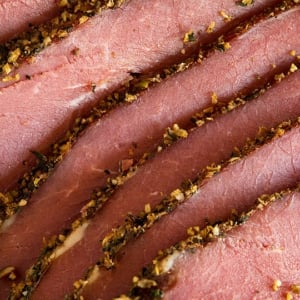
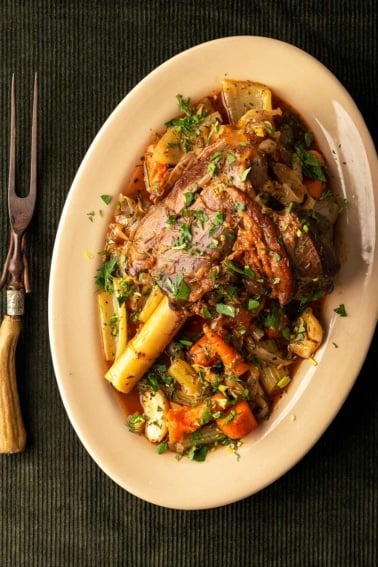
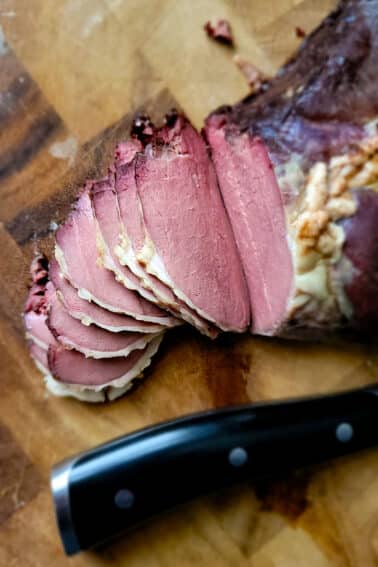
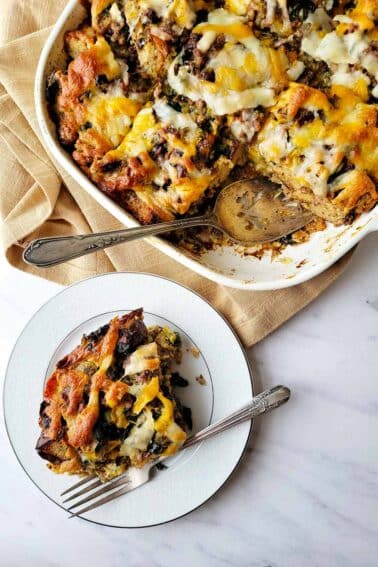
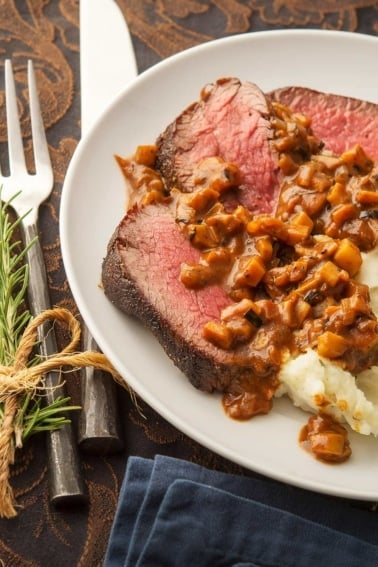
Hank,
I used this recipe for a 3lb leg roast. Smoked this weekend, and it turned out great.
I would like to cure/dry a venison roast for chipped dried beef for creamed dried beef on toast (SOS)
I didn’t see a step by step for this in your catalog, but others I can find sound very SIMILAR to the pastrami recipe. Can you point me in the right direction?
Thanks again
I have rinsed the cure off and there are parts of the middle of the backstrap that are still red, even after the required 2 days per pound. Is that redness normal? The rest of the meat and exterior is a really deep maroon.
I have done this recipe I think 4 times now with moose and love it! I just use it as cold cuts for sandwiches or charcuterie night.
Can you use this recipe on lean cuts of pork?
Would this work with a deboned neck roast from a deer?
Disregard the prior. Talking sodium. That 4mg per just seems kinda low.
So if I have 6lbs of meat total, but in three 2lb pieces , would I need to set it in fridge for 12 days?
Jon: You gauge curing time based off the piece, so I’d cure those 2 pound pieces for about 5 days to a week.
Hi Hank. I have 4 venison hind quarter roasts totaling about 4 lbs. all together.
Since I have 4 smaller 1 lb roasts, should I brine for 8 days (2 days per pound) or stick to the 3-5 days since the individual roasts are smaller?
Thanks so much!
Max: I’d stick with about 4 to 5 days.
Thanks so much!
Going to try this
Hank really nailed it with this one! The pastrami comes out perfect every time. I appreciate how the recipe is set up for whatever size chunk of meat you have available.
If I could give this recipe 5,000 stars I would! Thanks Hank for answering my questions below. I used mule deer back strap and smoked with a combination of oak and apple.This is an absolutely amazing recipe.
Hi Hank. Aside from the kosher and curing salt ratios, do the rest of the dry brine ingredients need to be scaled up for a larger piece of meat? I’ll be using a fairly large mule deer tenderloin and wanted to check if the other ingredients are for an average 3 lb portion and would need to be scaled up for a 4 or 5 pound portion? Thanks in advance for any guidance. I’ve made a lot of your recipes over the years and look forward to trying your pastrami recipe.
Reg: I would scale it up so you have enough spices to cover everything.
Hank – Thanks for the direction and I did see the note for the 2 lb base recipe and scale up buttons after I sent the question. I had one follow-up question. I ended up splitting the loin into 1 lb portions so it will fit in my smoker and not get crowded. Since I have 1 lb portions is 2 days enough for the dry brine or can I let it go 3-4 days? If I’m reading the notes correctly the salt is portioned as an equilibrium mix and it would not get too salty even if I went 4 days on the 1 lb portions. Just checking.
Reg: Yes, with this sort of thing, I always err on longer curing time rather than too short. If a thing ends up being a little too salty, that’s normally better than having uncured centers of the roasts.
I tried this recipe on a venison roast and it came out fantastic. Absolutely delicious. Hank’s caution about the silver skin is accurate; the cure toughens it and you should avoid it if possible. I’m going to try it again and do a bit more trimming this time.
This is my second time making venison pastrami with your recipe. Perfect both times. I used 2 rump roasts instead of back strap. It’s too easy! Thanks so much. We love your recipes. Making Rueben sandwiches with it and/or charcuterie addition.
hay I’m going to be making venison pastrami ( back strap), is ready curing salt a good idea?
This recipe bid absolutely amazing! We made it last year and will be making it again!!
Minnesota
Just wow! Sounds awesome and I hope a suitable adult beverage was served alongside.
Hey Hank i asked this question on your FB page. I have two corned venison roasts in my freezer. I would like to make them into pastramis. Is that possible?? Or are we talking about two very different recipes. I was always under the assumption that pastrami is corned beef that is coated and smoked. Am i wrong??? Thanks , Mike Ward
Hey Mike did you get an answer to this?
I’ve made the corned venison too and am interested in the answer.
Followed recipe exactly using a 4lb moose sirloin. 9 days in fridge with cure, half a day in fridge washed off, bathed it in Jack Daniels and then massaged in pepper and coriander. 3 hours in smoker to 145 deg F and let sit for 30 minutes before slicing. Fabulous! Had to make a Rueben immediately! Then one for my son. Then one for my brother-in-law….. This recipe is a keeper.